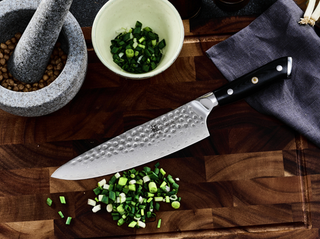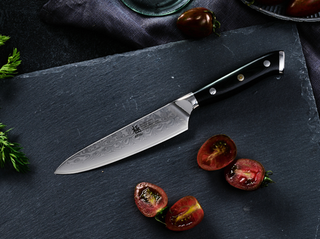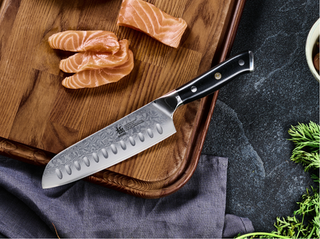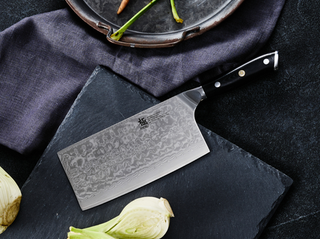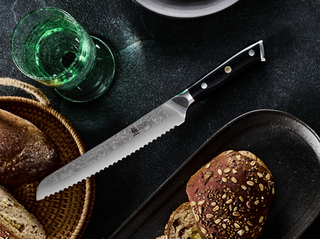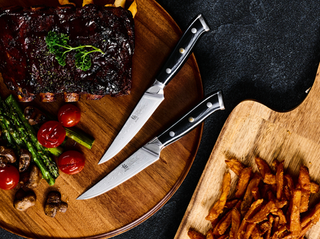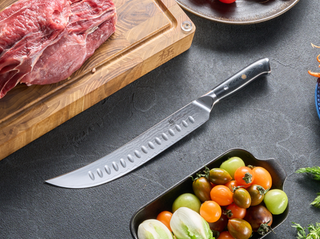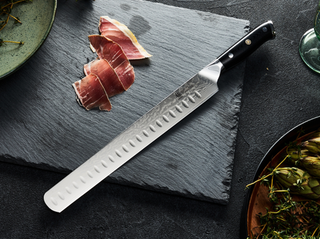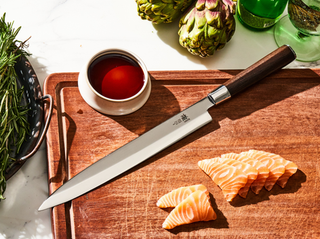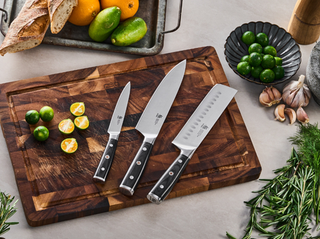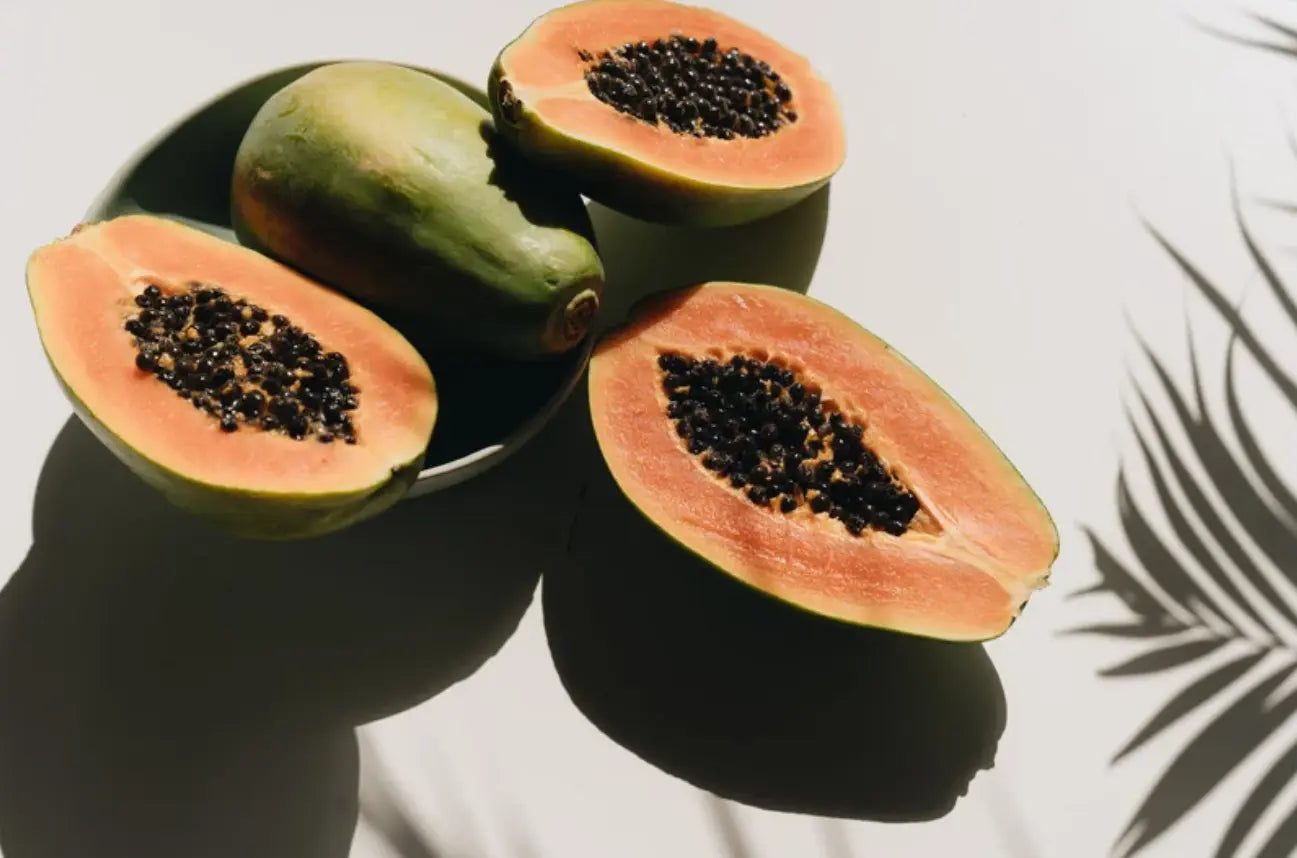Papayas are delicious, with their vibrant orange flesh and sweet, tropical flavor. However, some people may hesitate to use this exotic fruit because they don’t know how to prepare it properly. Learning how to cut a papaya can transform your kitchen experience, whether you are a seasoned chef or a culinary novice. This guide will help you unlock the secrets of how to cut papaya efficiently, focusing on the use of a paring knife and a chef knife that can make your culinary preparation enjoyable.
What is Papaya?
Papaya, also known as papaw or pawpaw, is a tropical fruit that belongs to the Caricaceae family. Originally from Mexico and Central America, papaya has spread to tropical and subtropical regions worldwide due to its popularity and health benefits. The fruit itself is typically pear-shaped or spherical and can weigh up to 20 pounds, though those found in grocery stores are usually smaller.
There are two primary types of papaya that dominate the market:
- The Hawaiian variety of Papayas: These are usually smaller, ranging from one to two pounds, and have yellow skin when ripe. The flesh is bright orange or pinkish with a sweet and intense flavor.
- The Mexican variety of Papayas: These are usually much larger than their Hawaiian counterparts. They can weigh up to 10 pounds and have green to yellow skin. Their flesh is less sweet but still flavorful, ranging from pink to deep orange.

What are the Benefits of Papaya?
Nutritional Profile
Papayas are a powerhouse of nutrients. They are packed with antioxidant vitamins C and A, both of which are known for boosting immunity and skin health. They also provide a good dose of fiber, which aids in digestion.
Health Benefits
The health benefits of papaya extend beyond basic nutrition:
- Digestive Health: Papaya contains papain, an enzyme that helps break down proteins and aids digestion. This makes it an ideal food for improving gut health.
- Anti-inflammatory Properties: Papaya's vitamins and enzymes help reduce inflammation in the body, which is beneficial for people suffering from arthritis, asthma, and other inflammatory conditions.
- Heart Health: Papaya's fiber, potassium, and vitamins help prevent heart disease by reducing cholesterol levels and improving blood pressure.
How to Tell if a Papaya is Ripe?
- Visual and Tactile Indicators: Selecting a ripe papaya is crucial for its taste and texture. The skin of a ripe papaya is usually yellow to orange in color, feels soft to the touch, and may have slight wrinkling on the surface—a sign the sugars are developing, and the flesh is getting juicy and sweet. Avoid fruits with an abundance of blemishes or soft spots, as these may indicate overripeness.
- Smell and Additional Tips: A ripe papaya releases a sweet and inviting aroma. If it smells sour or unpleasant, it may be past its prime. For those looking to enjoy their papaya within a day, choose one that feels slightly soft. If you plan to use it later, a firmer papaya will ripen at home over a few days. Store unripe papayas at room temperature and move them to the refrigerator once they are ripe to extend their freshness.

How to Cut a Papaya: A Step-by-Step Guide
To get started, ensure you have a clean cutting board and your knives are sharp. Here’s how to cut papaya efficiently by using a paring knife and a chef's knife:
Step 1: Trim the Papaya
Place the papaya on your cutting board. Using a chef knife, trim both ends to create a stable base. This will help you peel and cut the papaya safely.
Step 2: Halve the Papaya
Stand the papaya upright on the flat base you've created. Carefully slice down the middle with the chef knife to split the papaya into two long halves. The sharp and sturdy blade of the chef knife ensures a clean cut through the fruit, preparing it perfectly for seeding and peeling.
Step 3: Seed the Papaya
With each half of the papaya now exposed, use the tip of your chef knife to gently slice around the seeds, separating them from the flesh. The papaya seeds are edible but have a slightly peppery flavor, so decide on their use based on your taste preference.
Step 4: Peel the Papaya
You can peel each half in two ways:
- Method 1: Peeling with a Vegetable Peeler - This method is simpler and safer for beginners. Hold the papaya steady and peel from top to bottom.
- Method 2: Peeling with a Paring Knife - Carefully slide the knife under the skin and follow the curvature of the papaya to remove the skin. This method is particularly effective for experienced cooks who appreciate the enhanced agility and exactness that a paring knife provides over larger knives or peelers.
Step 5: Cut the Papaya into the Desired Shape
Lay the peeled halves flat and slice them into your desired shapes and sizes. For larger and uniform slices, utilize the chef knife which offers a long and sharp blade ideal for smooth cuts. When precision is needed for smaller or more intricate cuts, switch to the paring knife. Its smaller and agile blade is perfect for crafting detailed pieces that work beautifully in fruit salads or as elegant garnishes.
Top Recommendations of Paring Knives and Chef Knives to Cut Papaya
Selecting the right knife can make a significant difference in how effectively you can handle a papaya. Here are some top recommendations:
1. 3.5" PARING KNIVES DAMASCUS STEEL | SHOGUN SERIES
This 3.5" paring knife of the Shogun series is made from high-quality VG-10 stainless steel and is extremely sharp, perfect for peeling papayas and other detailed cuts. It also has a comfortable and ergonomic handle made from G-10 fiberglass, which makes it easy to control for precise work.
2. 4.5" PARING KNIFE| DAIMYO SERIES
This 4.5-inch paring knife from the Daimyo series features a blade crafted from vacuum-heated Japanese stainless steel. It offers exceptional durability and extremely sharp edges at a 13-15 degrees angle. The elegant rosewood handle also ensures a comfortable hold, ideal for precisely peeling papayas.
3. 8" GYUTO CHEF KNIVES VG10 DAMASCUS STEEL | SHOGUN SERIES
Made from Damascus steel, this chef knife of the Shogun series excels at slicing through large amounts of papayas. With a blade hardness of 58-60 and a comfortable G-10 fiberglass handle, it can deliver precise and easy cuts, making it a great choice for both professional and home kitchens.
4. 8" GYUTO CHEF KNIVES | DAIMYO SERIES
The 8-inch chef knife of the Daimyo Series blends Japanese style with practicality. Made from Japanese stainless steel, its sharp blade can smoothly cut through papayas without heavily wasting the soft flesh. Its handle is rosewood, which is highly durable and moisture-resistant. Besides, there is a unique mosaic pin on the knife, further enhancing the aesthetic appeal of the knife.
Conclusion
Learning how to cut a papaya fruit with a paring knife and a chef knife can not only unlock the full potential of papayas but also enhance your culinary skills. With the right tools and techniques, you can prepare papayas in a variety of delicious and healthy ways. Take action to prepare your papayas with the high-quality paring knives and chef knives from Kyoku, and enjoy your time in the kitchen now!
